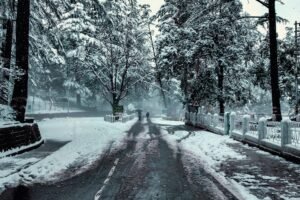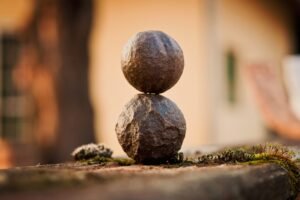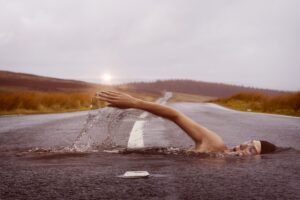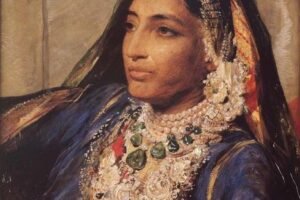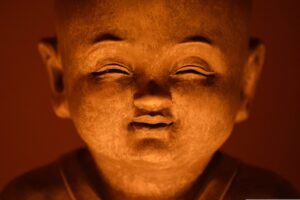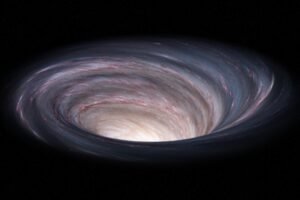One lazy evening not long ago, sipping coffee, a brainwave struck a group of friends for want of anything better to do
with their free time. In between dissecting Che and more cerebral things in life, one of us spotted the ‘writing on the wall.’ Actually, it was the Café Coffee day tagline: A lot can happen over coffee, it said. Life suddenly seemed to have some direction, because, in less than a day, three of us were nearly 400 km away from Delhi, on our bikes, to the abode of the Vishnu, in the Himalayas. Proximity to Delhi, I know, did dictate Renuka Lake’s choice.
The Renuka Lake is revered as the embodiment of Renuka Ji, the wife of sage Jamadagini and mother of Parshuram, one of the ten Avatars of Lord Vishnu. In the shape of a woman’s profile, it is the largest lake in Himachal Pradesh. Surrounded by dense vegetation and fed by a capillary of underground springs, it doesn’t bear the footprints of many tourists still. It is also an ecologically undisturbed sanctuary for wildlife.
Biking towards Chandigarh on the national highway, we crossed Sonepat and Kurukshetra in a jiffy. There was something about watching the star-lit night sky while the harsh highway breeze bruised my face as innumerable trucks whizzed past ceaselessly.
By two o’clock we had entered Shahabad. “A truckers’ town, is it?” I asked myself uncertainly, observing the Dhabas running parallel to the road. Rugged men sat feasting on authentic Dhaba supper. Hesitatingly, I enquired about the route to Nahan. My geography was never too good and this one challenged my sense of direction as the men mapped the route for me in their local dialect over Roti and Daal Makhni. I nodded my head, straining hard to follow their fingers in the glowing ember of the Tandoor. In the end, however, their directions proved to be easy to follow and I could strut around for not only understanding their thick accent but also for making eminent sense of it.
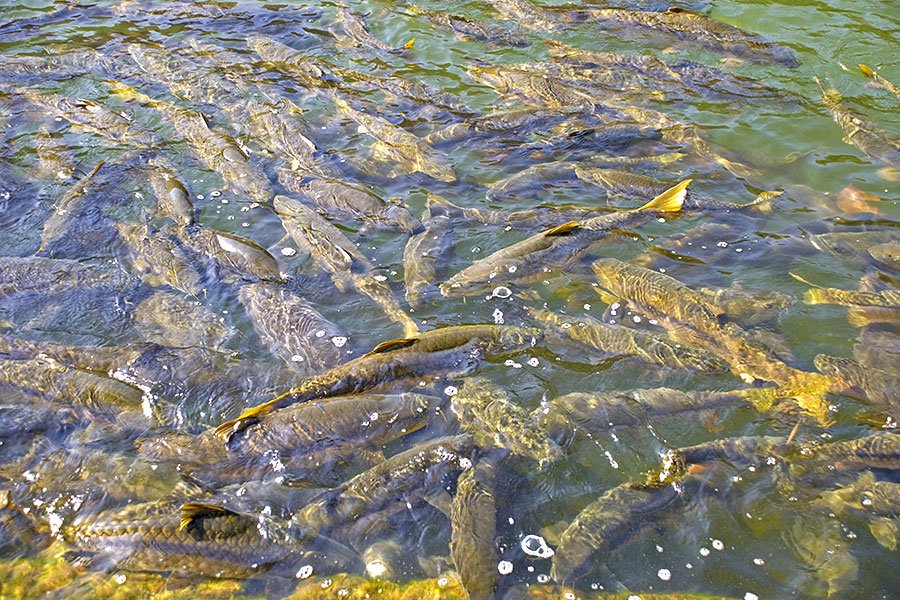
| Land of mythsRenuka Lake is not only an idyllic holiday resort but also a revered pilgrim centre. With a circumference of 3214 meters, Renuka is the largest natural lake in Himachal Pradesh. It is shaped like a sleeping woman. According to legend, Renuka was killed by her own son, the legendary Parshuram, on orders of his father-sage Jamadagni. Thereafter, Renuka took the shape of the lake. Today the myth comes alive each year in November when a fair is held to celebrate the immortality of Renuka and her son. The fair lasts for a week, during which cultural programs and folk dances are organized. Several idols of Parshuram believed to be the incarnation of Lord Vishnu, and other local deities are placed in decorated palanquins and are carried in an impressive procession to Parshuram Tal. Before the idols are installed in the temple, they are given a bath in this holy lake symbolizing the body of the mother. The people from the surrounding areas gather here, chant praises of the two immortals, worship at the temple and take a dip in the holy water. An interesting part of the ceremony is the exchange of turbans or caps or even a handful of water by the participants to become brothers and sisters in the name of the deity. On the eve of the festival, markets spring up with stalls and amusements at which locally made wares are peddled together with homegrown produce. |
By first light, we were perched atop Nahan – the transit to Renuka. Once a kingdom, today it is a lesser-known hill station and a relatively popular heritage destination. The entire stretch through Nahan is picturesque – blanketed by pine trees which are so typical of Himachal Pradesh. Indeed! In the Himalayas, the soul rests.
Renuka is an hour’s drive from Nahan and mid-route there is a small waterfall streaming along a temple. A downpour greeted us as we entered Renuka in Sirmore district of Himachal Pradesh.
We had finally arrived, though drenched, at the abode of Vishnu, within a sanctuary of calm, silence and nothingness. The only sound being that of the hard rain, a million birds chirping in the dense pine, and the gurgle of turtles in the Lake. Somewhere deep within the Lake, I believed, Goddess Renuka would be watching us. The mound and the Parashuram shrine have stood the test of time. The young priest took us around the temple while narrating its history.
The vicinity had three shrines, of Renukaji, Parashuram and of the ten Avatars of Vishnu. The priest explained to us how “each Avatar descended upon the unjust world like a prophet to benefit mankind. The tenth Avatar is of the future.” Outside the mother’s shrine, eighty-year-old Shivaji sat playing a Nagara (drum). He has been observing this ritual for the past six decades – playing for the Gods. “It is an inheritance of pride,” he feels.
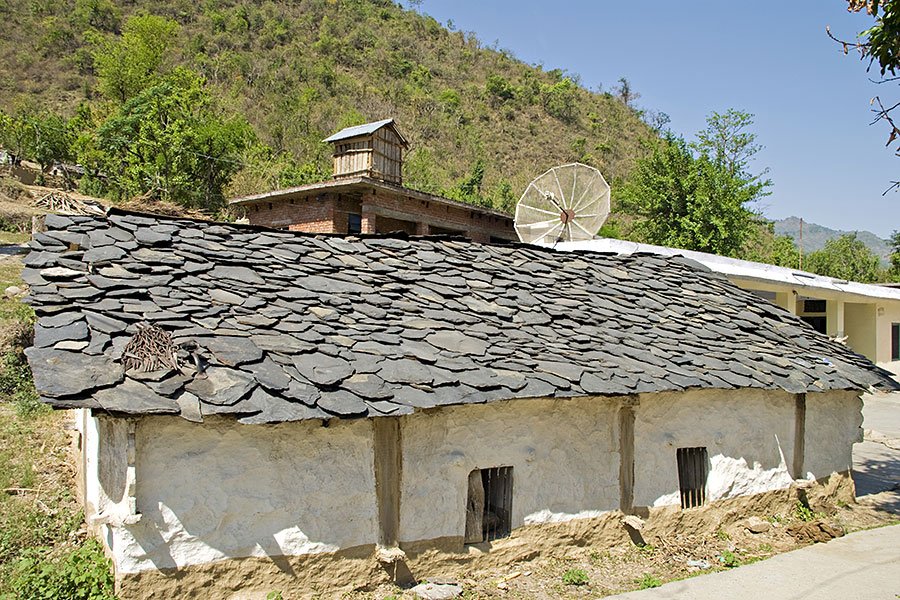
Close by, I noticed coins nailed to the threshold of the shrine of Parashuram. “Nail one and be enlightened, have the blessings of the mother forever,” they said. Colourful sculptures embossed onto the exterior of the temple depict episodes from the events that occurred there.
The adjoining hills are home to hundreds of birds, and close by is a lion sanctuary. Even before I could soak in the beauty of this place, the sky started growing mauve. Feeding the fish and the turtles in the Lake, I wished I was one of them. Twilight was knocking and as the sun reclined behind the hills, Shivaji started to beat his Nagara.
Travel Tips How to reach
Air: The nearest airport is Chandigarh 95 km
Rail: Nearest broad gauge line is Ambala 95 km
Road: Well-connected with Roadways buses with Nahan 36 km, Shimla 165 km. Delhi to Renuka Lake is 315 km via Kala Amb and Nahan. Taxi charges vary from Rs 5 per kilometer to Rs 8 per km, depending on the kind of vehicle.
Where to stay: There are a number of hotels and resorts in and around Renuka suiting all budgets.


